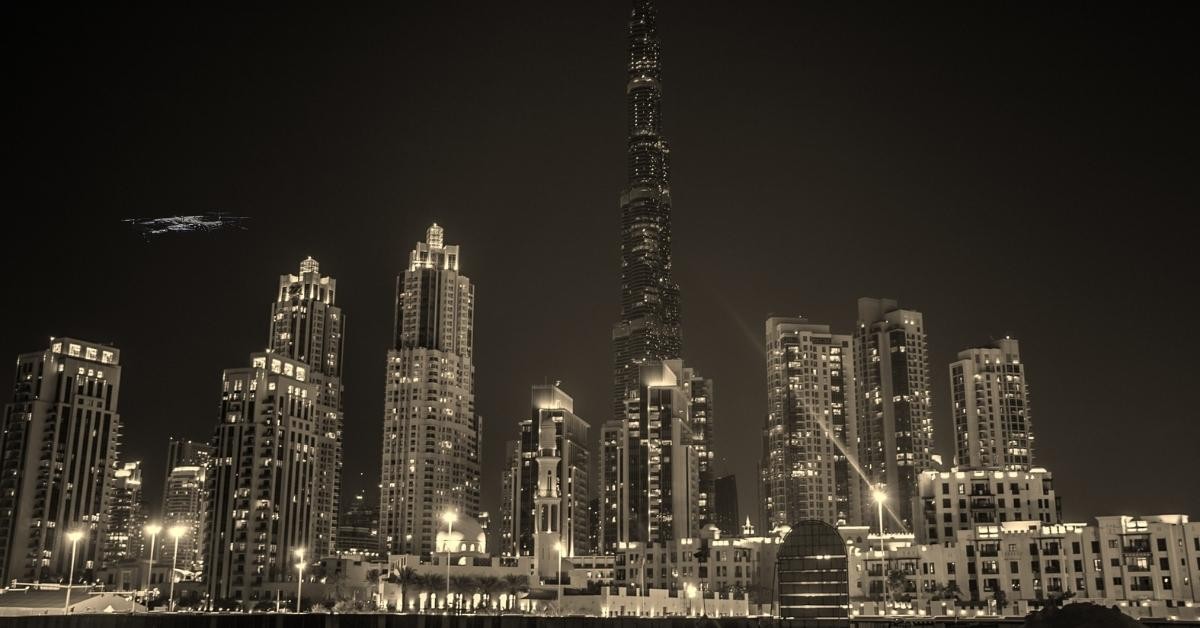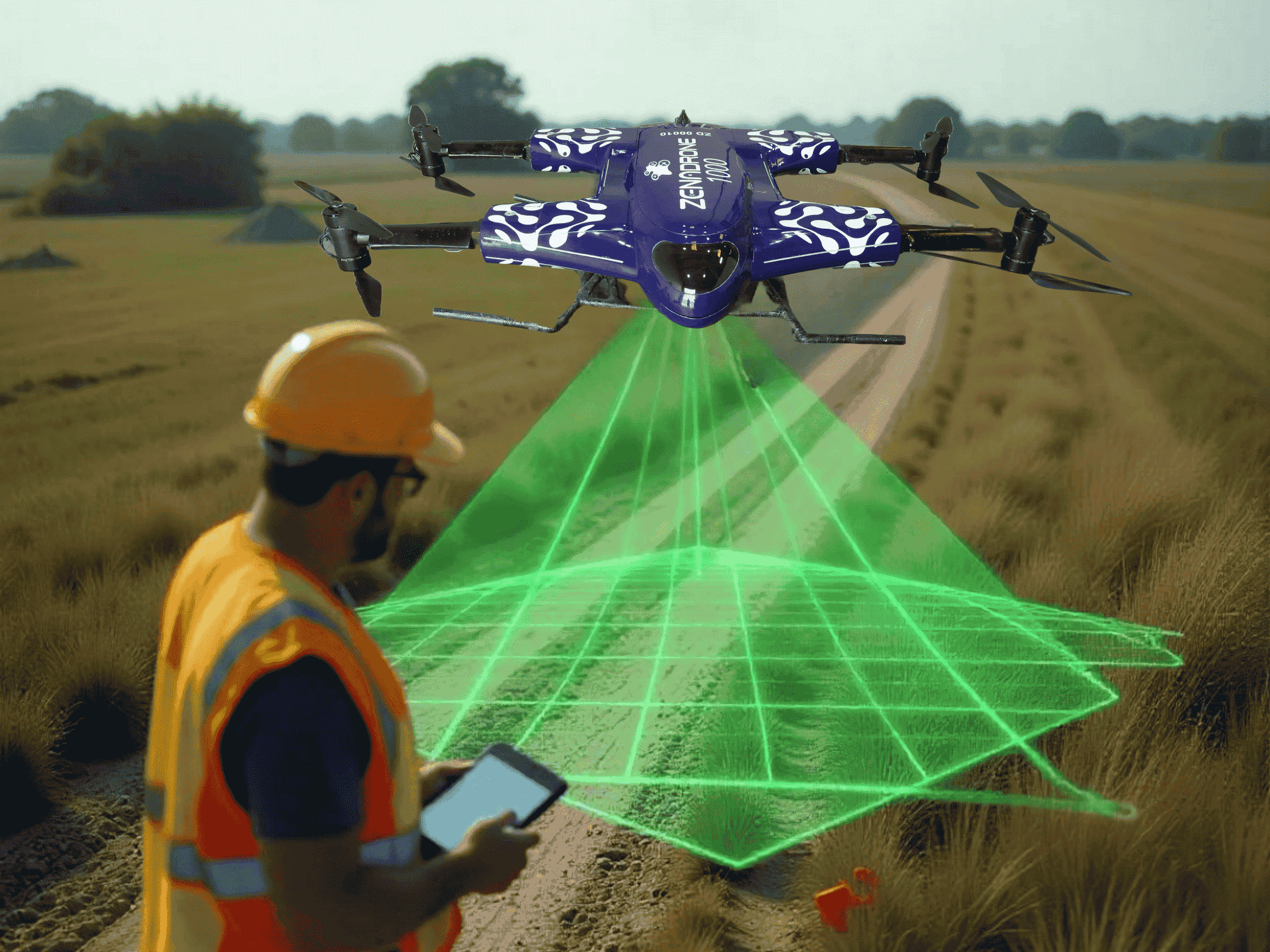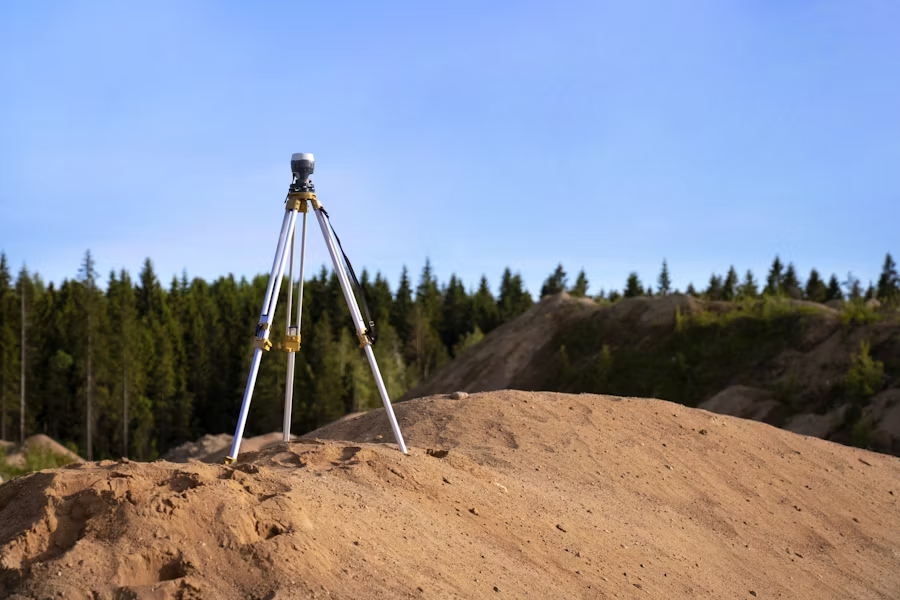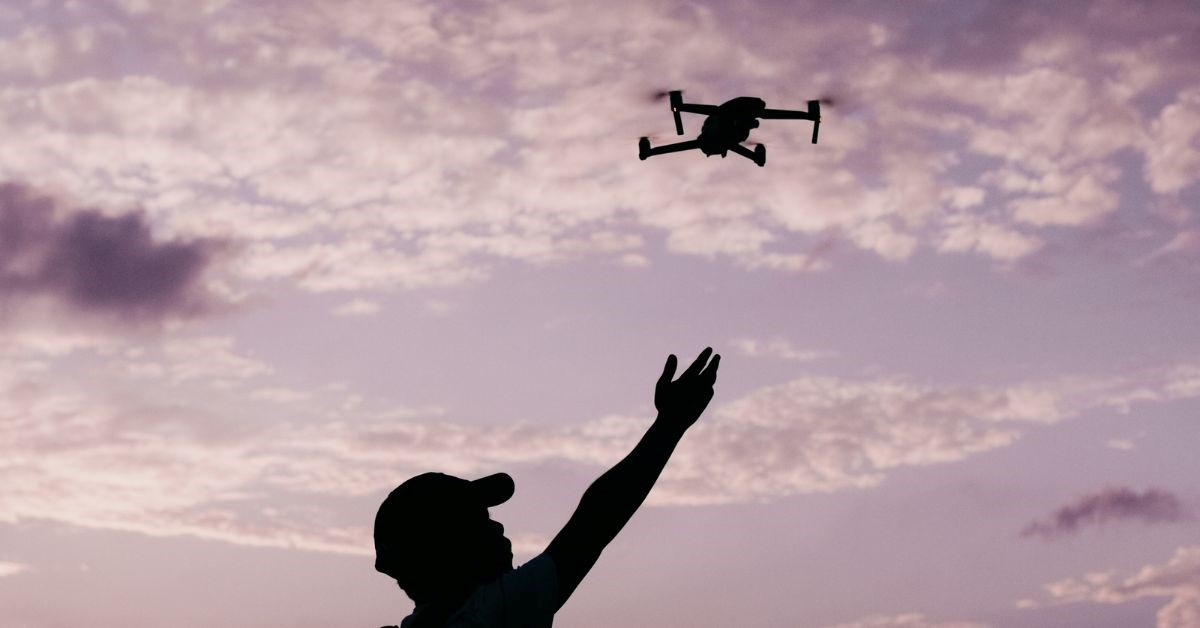Best drone for real estate photography
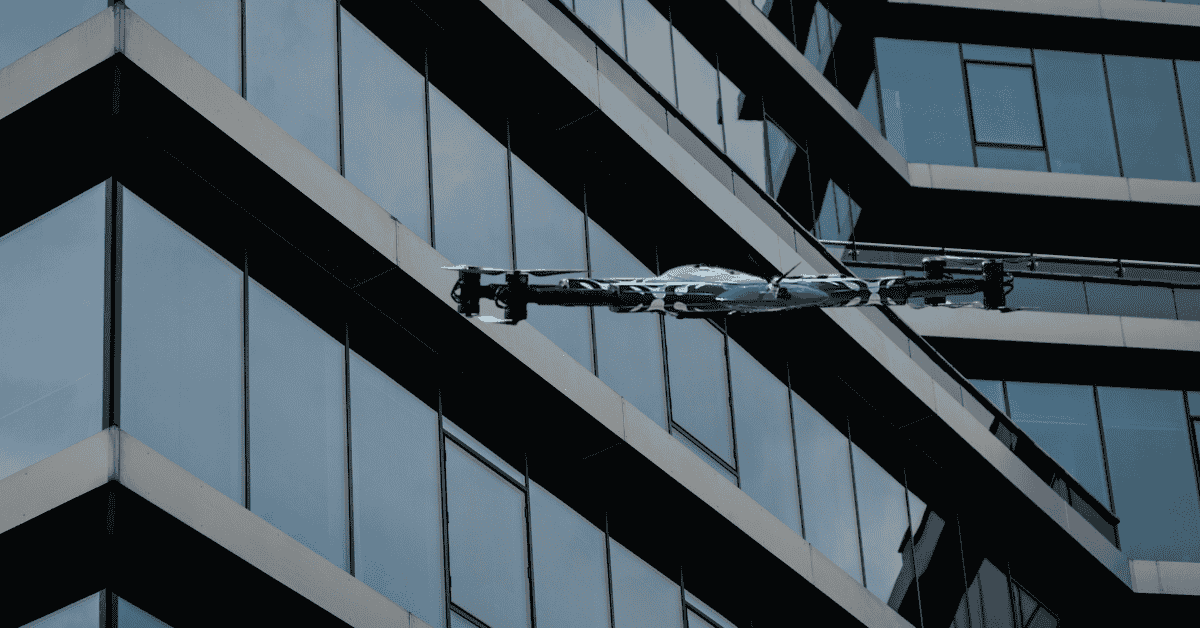
Technology is advancing quickly, and drones have emerged as a powerful tool in many industries, including real estate. They are being used for all types of property listings, whether it’s a cozy home or a large commercial building. Drones don’t just provide stunning aerial photos and videos; they also offer vital information like property layouts, nearby landmarks, and land features. This makes it easier for real estate agents to market properties and helps buyers make informed decisions. Let’s explore how drones are transforming real estate marketing, their key benefits, and how you can get started using them effectively.
Why Drones Are Essential in Real Estate Photography
Drones are a game-changer for Photography. They bring fresh perspectives to property listings, providing tools and insights that traditional methods can’t match. Here’s why drones are becoming so popular in the industry:
Stunning Aerial Views
Drones can capture photos and videos from unique angles and heights that ground-based cameras cannot reach. With drones, real estate professionals can create:
- High-quality aerial images
- 360-degree panoramic views
- 3D property maps
Stand Out in a Crowded Market
In a competitive real estate market, making your listings stand out is critical. Drones provide high-quality visuals that catch the attention of buyers scrolling through online listings. Property management , videos, or 3D tours appear more professional and attractive. Buyers often prefer listings with aerial footage because it allows them to see the property and its surroundings clearly. This gives real estate agents using drones a marketing edge over those relying solely on traditional photography.
Save Time and Money
Drones are cost-effective and efficient. Traditional photography methods often require multiple tools and significant effort to capture expansive properties. With drones, this process becomes quicker and more streamlined. Real estate agents can photograph large areas in less time and with less manpower. While high-end drones can be expensive upfront, they pay off by reducing the time and money spent on professional photography services. Plus, drones offer flexibility. You can capture new angles and images anytime without hiring extra help.
Safer Property Inspections
Some areas of a property, like rooftops or high-rise balconies, can be difficult or unsafe to access. Drones make it possible to inspect these areas without putting anyone at risk. This is especially helpful for properties in remote locations or with challenging terrains. Drones also allow virtual tours, where buyers can explore a property online before deciding to visit in person. This not only saves time but also makes the buying process more convenient for clients.
How to Get Started with Drones in Real Estate
If you’re new to using drones, don’t worry! It’s easier than it looks. Here’s a step-by-step guide to help you get started with drones for real estate marketing:
Learn the Basics
Start by understanding how drones work and what they can do. Many online resources, tutorials, and local workshops teach drone operation and aerial photography. Learning the basics will help you feel confident about flying a drone and capturing great images.
Follow the Rules
Flying a drone isn’t just about knowing how to control it; you also need to follow local laws and regulations. Depending on where you live, you may need a license or permit to operate a drone for commercial purposes. Additionally, ensure you have permission to fly over private properties or near restricted areas.
Choose the Right Drone
Not all drones are created equal. When selecting a drone for real estate, look for features like:
- High-resolution cameras
- Long battery life
- Stability during flight (gimbal-equipped drones are best)
- Easy-to-use controls
Research and compare models to find a drone that fits your budget and needs. Investing in a reliable drone will make your job easier and produce better results.
Practice Makes Perfect
Before using your drone for professional work, spend time practicing. Experiment with different angles, heights, and movements to improve your skills. The more comfortable you are with flying your drone, the better your photos and videos will be.
Tips for Taking the Best Drone Shots
Even the best drone won’t guarantee amazing photos if you don’t use it correctly. Here are some tips to help you capture stunning images and videos:
- Plan Your Flight Path: Before flying, decide what parts of the property you want to highlight. Planning your flight ensures you capture the right angles and avoid obstacles.
- Use a Gimbal: A gimbal stabilizes your drone’s camera, resulting in sharper images and smoother videos. Choose a 2-axis or 3-axis gimbal for the best results.
- Check the Weather: Always fly in good weather. Windy or cloudy conditions can affect both the drone’s performance and the quality of your photos.
- Experiment with Angles: Try capturing images from different perspectives to make your shots more dynamic and engaging. Unique angles can make a property look even more appealing.
- Work with Professionals: If you’re new to drone photography, consider hiring a professional for your first few projects. They can provide guidance and help you understand what works best in real estate photography.
Why Drones Are the Future of Real Estate Marketing
Drones are transforming the way properties are marketed and sold. They offer a fresh perspective that traditional photography can’t match, making properties more appealing and accessible to buyers. From stunning aerial views to cost-effective solutions, drones provide countless benefits for real estate agents and potential buyers alike.
If you’re a real estate professional looking to stay ahead of the curve, now is the time to embrace drone technology. Start by learning the basics, investing in a reliable drone, and practicing your skills. With drones, you can elevate your property listings and make a lasting impression on clients. Drones are here to stay, and their role in real estate marketing will only grow stronger in the future. Don’t wait to start exploring the possibilities of drone photography today and give your real estate business a competitive edge!
Contact Us
Thank you for your message. It has been sent.
Latest Posts
Social Profiles






